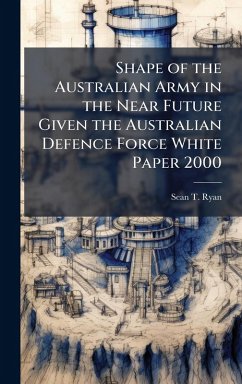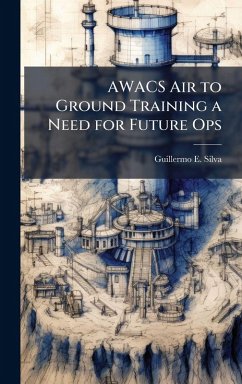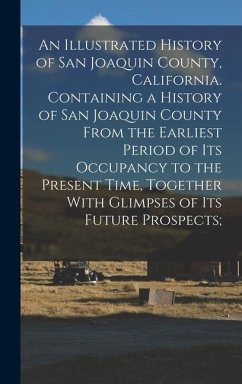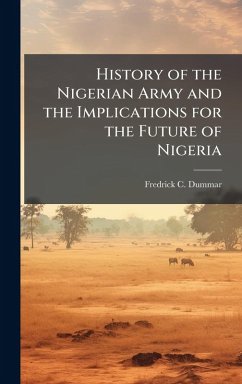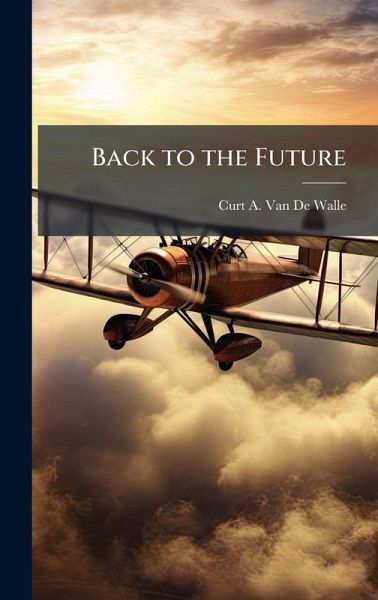
Back to the Future
Versandkostenfrei!
Versandfertig in über 4 Wochen
28,99 €
inkl. MwSt.
Weitere Ausgaben:

PAYBACK Punkte
14 °P sammeln!
On January 1, 2000, the USAF began on a new journey-the Expeditionary Air Force. This concept involves the deployment of integrated fighter, bomber, and support aircraft and personnel on a rotational basis to meet the operational needs of the warfighting Commanders-in-Chief. The purpose of this research paper is to study historical use of land-based airpower to determine whether or not history supports the modern-day Expeditionary Air Force concept. It does not review the use of naval airpower. A general understanding of the modern EAF is provided as a benchmark for analysis. Following this fo...
On January 1, 2000, the USAF began on a new journey-the Expeditionary Air Force. This concept involves the deployment of integrated fighter, bomber, and support aircraft and personnel on a rotational basis to meet the operational needs of the warfighting Commanders-in-Chief. The purpose of this research paper is to study historical use of land-based airpower to determine whether or not history supports the modern-day Expeditionary Air Force concept. It does not review the use of naval airpower. A general understanding of the modern EAF is provided as a benchmark for analysis. Following this foundational discussion is a look at the historical use of airpower as an expeditionary force, and some of the problems encountered with its employment along the way. Many parallels exist between the issues and challenges facing today`s EAF and those that faced expeditionary air forces in the past. This work has been selected by scholars as being culturally important, and is part of the knowledge base of civilization as we know it. This work was reproduced from the original artifact, and remains as true to the original work as possible. Therefore, you will see the original copyright references, library stamps (as most of these works have been housed in our most important libraries around the world), and other notations in the work. This work is in the public domain in the United States of America, and possibly other nations. Within the United States, you may freely copy and distribute this work, as no entity (individual or corporate) has a copyright on the body of the work. As a reproduction of a historical artifact, this work may contain missing or blurred pages, poor pictures, errant marks, etc. Scholars believe, and we concur, that this work is important enough to be preserved, reproduced, and made generally available to the public. We appreciate your support of the preservation process, and thank you for being an important part of keeping this knowledge alive and relevant.




